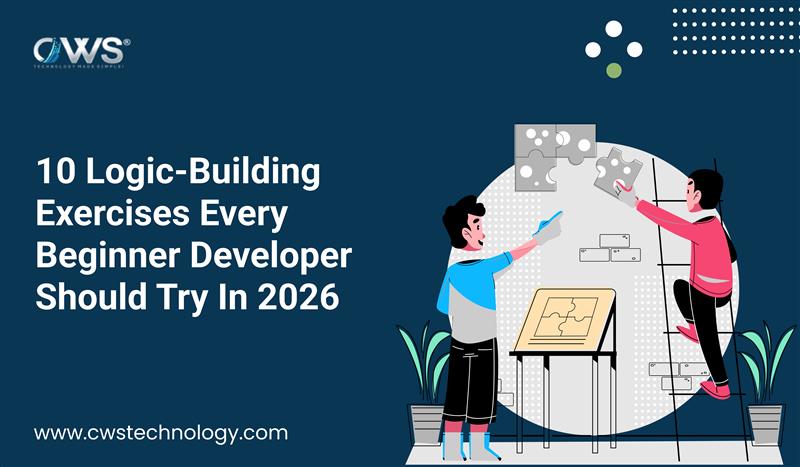Refers to using JavaScript to handle both the front end and back end of a web application that is full stack javascript development. This approach allows developers to work on the entire application using a single programming language. JavaScript is versatile and widely used, making it an excellent choice for developing modern web applications. By mastering full-stack JavaScript development, you can create robust, efficient, and dynamic applications that offer seamless user experiences.
Importance of JavaScript in Modern Website
JavaScript has become an essential part of modern web development due to its flexibility and extensive capabilities. It allows developers to create interactive and responsive user interfaces, which are crucial for today’s web applications. With JavaScript, you can develop applications that run smoothly across different devices and platforms. This universality makes full-stack JavaScript development an attractive choice for building modern web applications that need to function seamlessly in various environments.
Front End Development with JavaScript
The front end of a web application involves everything that users interact with directly. In JavaScript development, the front end is typically built using frameworks like React, Angular, or Vue.js. These frameworks allow developers to create dynamic and responsive interfaces. React, for example, is known for its component-based architecture, which makes it easier to manage and reuse code. Angular provides a comprehensive framework for building large-scale applications, while Vue.js is popular for its simplicity and flexibility. By using these tools, you can create user-friendly and visually appealing interfaces that enhance the overall user experience.
Back End Development with JavaScript
On the back end, full stack development utilizes Node.js, a powerful runtime environment that allows you to run JavaScript on the server. Node.js is known for its non-blocking, event-driven architecture, which makes it ideal for handling multiple requests simultaneously. Additionally, Node.js has a rich ecosystem of libraries and frameworks, such as Express.js, that simplify server-side development. With Express.js, you can build robust APIs and handle routing, middleware, and other server-side functionalities efficiently. This enables you to develop a strong and reliable back end that supports your front end seamlessly.
Read More-: difference between microservices vs. monolithic
Connecting the Front End and Back End
One of the key aspects of development is the seamless integration of the front end and back end. This is typically achieved through RESTful APIs or GraphQL. RESTful APIs use HTTP methods to perform operations on resources, while GraphQL provides a more flexible and efficient way to query and manipulate data. By using these technologies, you can create a smooth and consistent communication channel between the client and server. This integration ensures that data flows seamlessly between the front end and back end, providing users with a seamless and responsive experience.
Benefits of Full Stack JavaScript Development
First, using a single language for both the front end and back end reduces the complexity of your development process. This means you can focus on writing and maintaining code more efficiently. Second, the vast ecosystem of JavaScript libraries and frameworks provides a wide range of tools to enhance your development process. This allows you to leverage existing solutions and build applications faster. Finally, the strong community support for JavaScript ensures that you have access to a wealth of resources, tutorials, and best practices. This community-driven approach helps you stay updated with the latest trends and advancements in web development.
Conclusion
In conclusion, full stack JavaScript development is a powerful and efficient approach to building modern web applications. By using JavaScript for both the front end and back end, you can create dynamic, responsive, and scalable applications that provide excellent user experiences. The integration of front end frameworks like React, Angular, or Vue.js with back end technologies like Node.js and Express.js allows you to develop robust and reliable applications.
Related Articles-:








